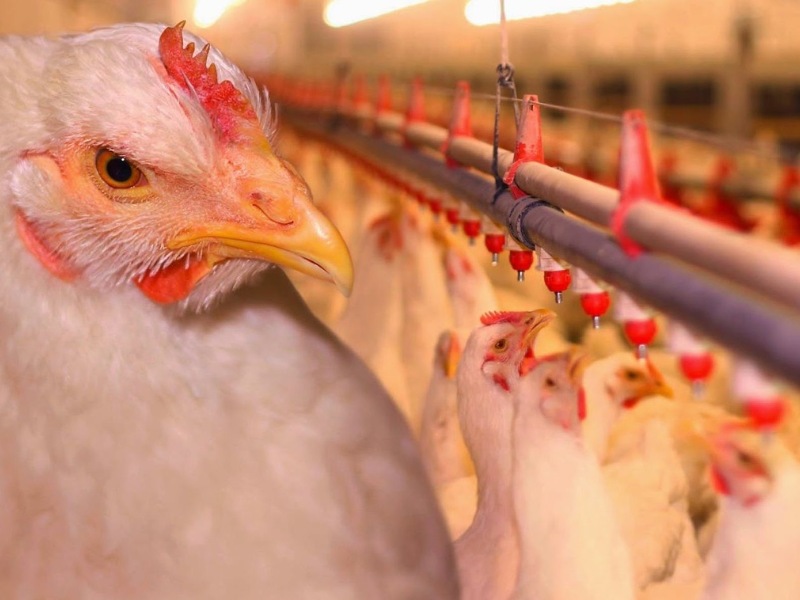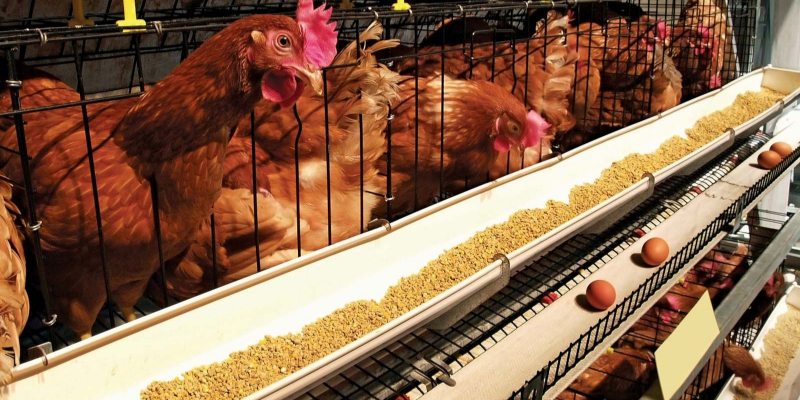
How Many Chickens Should a Beginner Start With?
Starting a chicken farming venture can be an exciting and rewarding experience. However, one of the most common questions that beginners ask is: How many chickens should I start with? The answer isn’t as straightforward as it might seem, as it depends on several factors. In this article, we will delve into the considerations for determining the optimal number of chickens for beginner farmers.
Learn the Basics of Raising Chickens
Before diving into numbers, it’s essential to understand some basics about chicken farming. Chickens can be raised for various purposes, primarily for meat (broilers) or eggs (layers). The type of chicken you choose will influence your initial investment, space requirements, and care routine.
As a beginner, it’s crucial to start small. The number of chickens you decide to raise should align with your goals, available resources, and personal commitment level. A common recommendation for beginners is to start with a number of chickens that is manageable, typically ranging from 2000 to 10000 birds. This allows for a practical learning curve without overwhelming yourself.
Chicken Farming Space Requirements
One of the primary factors in deciding how many chickens to start with is the space you have available. Chickens need adequate space to roam, forage, and nest. Generally, chickens require about 2-4 square feet per bird inside their coop and at least 8-10 square feet per bird in an outdoor run.
For instance, if you have a small backyard and can dedicate around 500 square feet to a coop and run, you could comfortably house 100-150 chickens. This leads us to consider not only the space inside the coop but also outdoor space.
Chicken Farming Goals
It’s important to clarify your goals for starting a chicken farm. Are you looking to provide fresh eggs for your family, start a small-scale business, or simply enjoy the companionship of these birds?
- Egg Production: If your goal is to produce eggs, 3000-6000 hens are usually sufficient. Each hen can lay approximately 5-7 eggs per week, ensuring you’ll have plenty for your egg business.
- Meat Production: If you aim to raise chickens for meat, starting with 5000-10000 broilers can be a good choice. They grow faster than layers and reach market weight in about 8-12 weeks.
- Combination: Some beginners opt for a mixed flock, raising both layers and broilers. This requires careful planning regarding space and resources but can diversify your chicken farming experience.
Considering Local Regulations
Another vital aspect to consider when determining the number of chickens for beginners is local regulations. Some areas have specific zoning laws or restrictions regarding livestock. Research your local ordinances to ensure compliance before purchasing any chickens.
In many cases, regulations may limit the total number of chickens you can keep in a residential area. Familiarizing yourself with these rules upfront can help avoid future complications.
Budgeting for Chicken Farming
The financial aspect of raising chickens is something every beginner should consider. Costs vary based on the number of chickens, the type of housing required, feed, healthcare, and other supplies.
When calculating your budget, think about the following:
- Initial Setup Costs: These include poultry housing, feeders, waterers, bedding, and fencing. A basic coop for a small flock might cost anywhere from $200 to $500, depending on materials and design.
- Ongoing Expenses: Feed constitutes a significant portion of the ongoing costs in chicken farming. On average, a chicken consumes about 0.25 pounds of feed daily. For a flock of 10 chickens, you would spend approximately $30-$50 monthly on feed.
- Healthcare: Regular vaccinations and potential veterinary visits are additional expenses that should be factored into your budget.
Understanding these costs will help you determine how many chickens you can afford to raise sustainably.
Conclusion
Determining how many chickens a beginner should start with involves considering various factors such as space availability, farming goals, local regulations, budgeting, and your willingness to commit time and resources.
Aiming for a modest beginning with around 3000 to 10000 chickens allows you to gain hands-on experience while minimizing risk. Once you feel comfortable with your management skills, you can expand your flock size according to your capacity and ambition.

